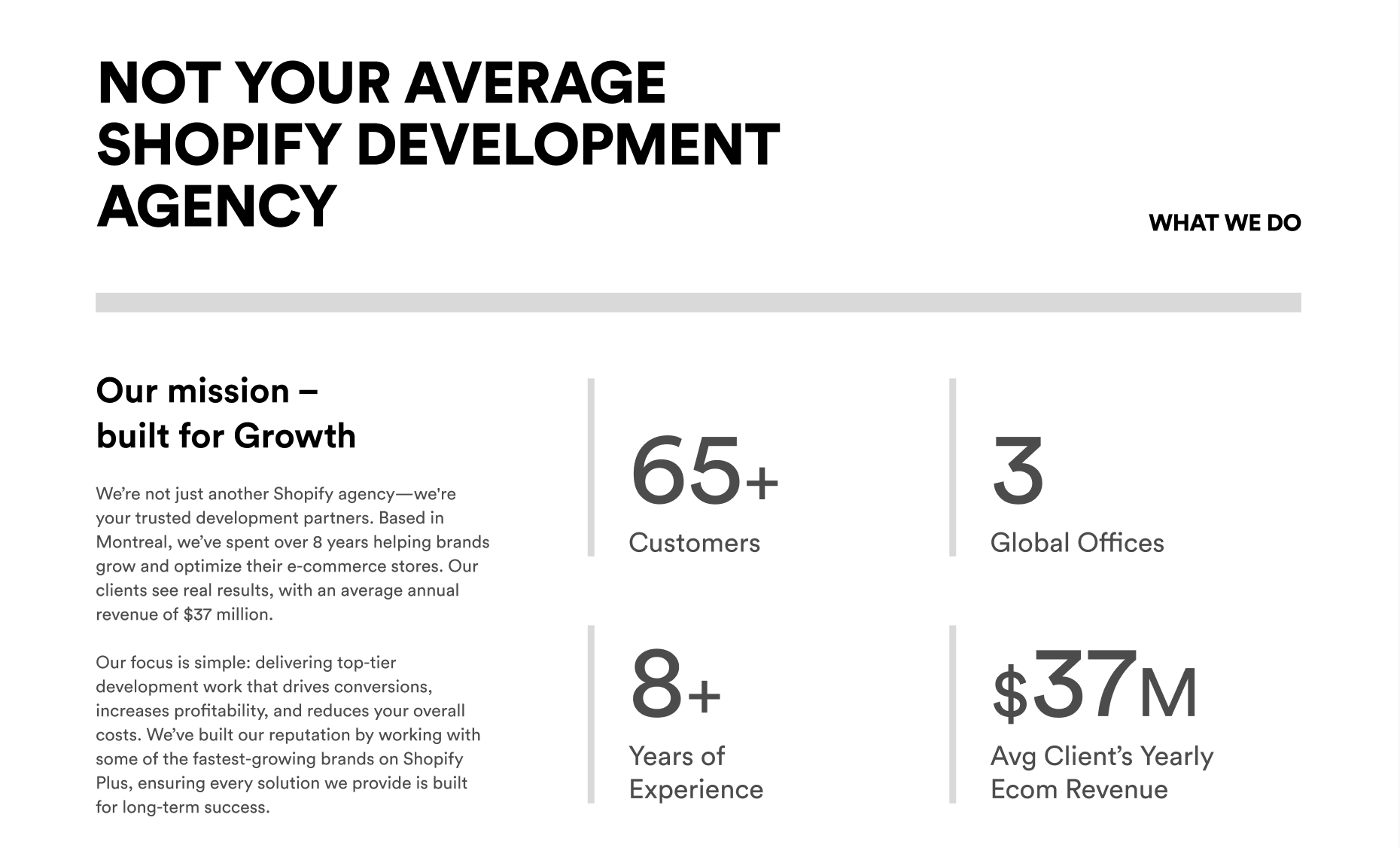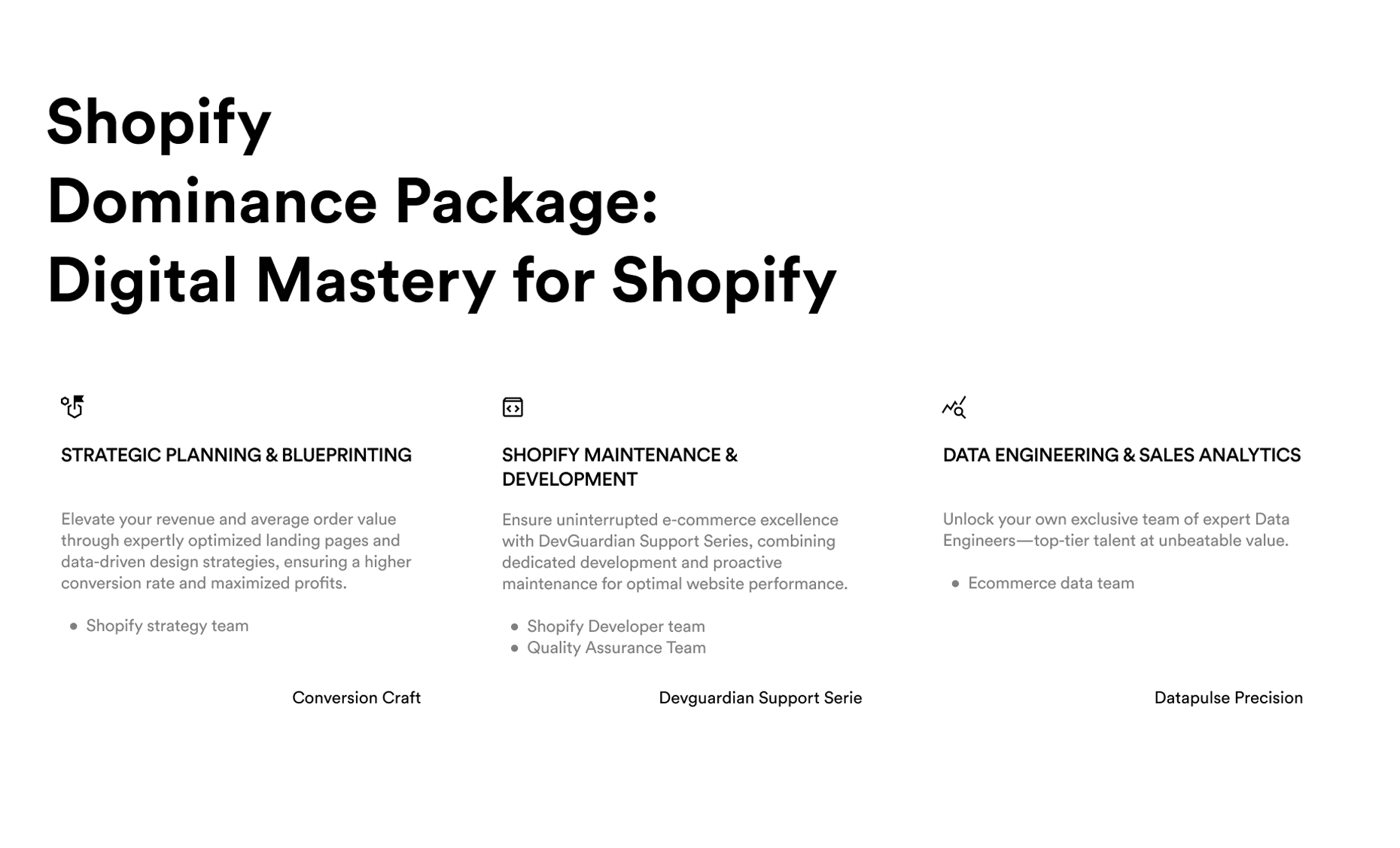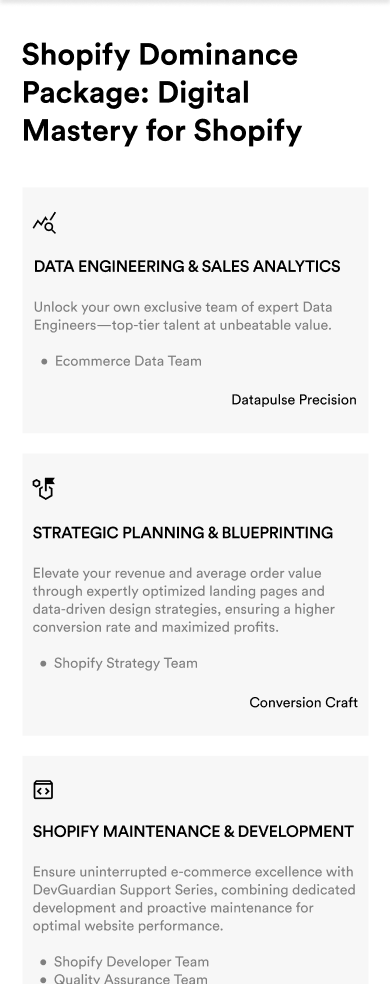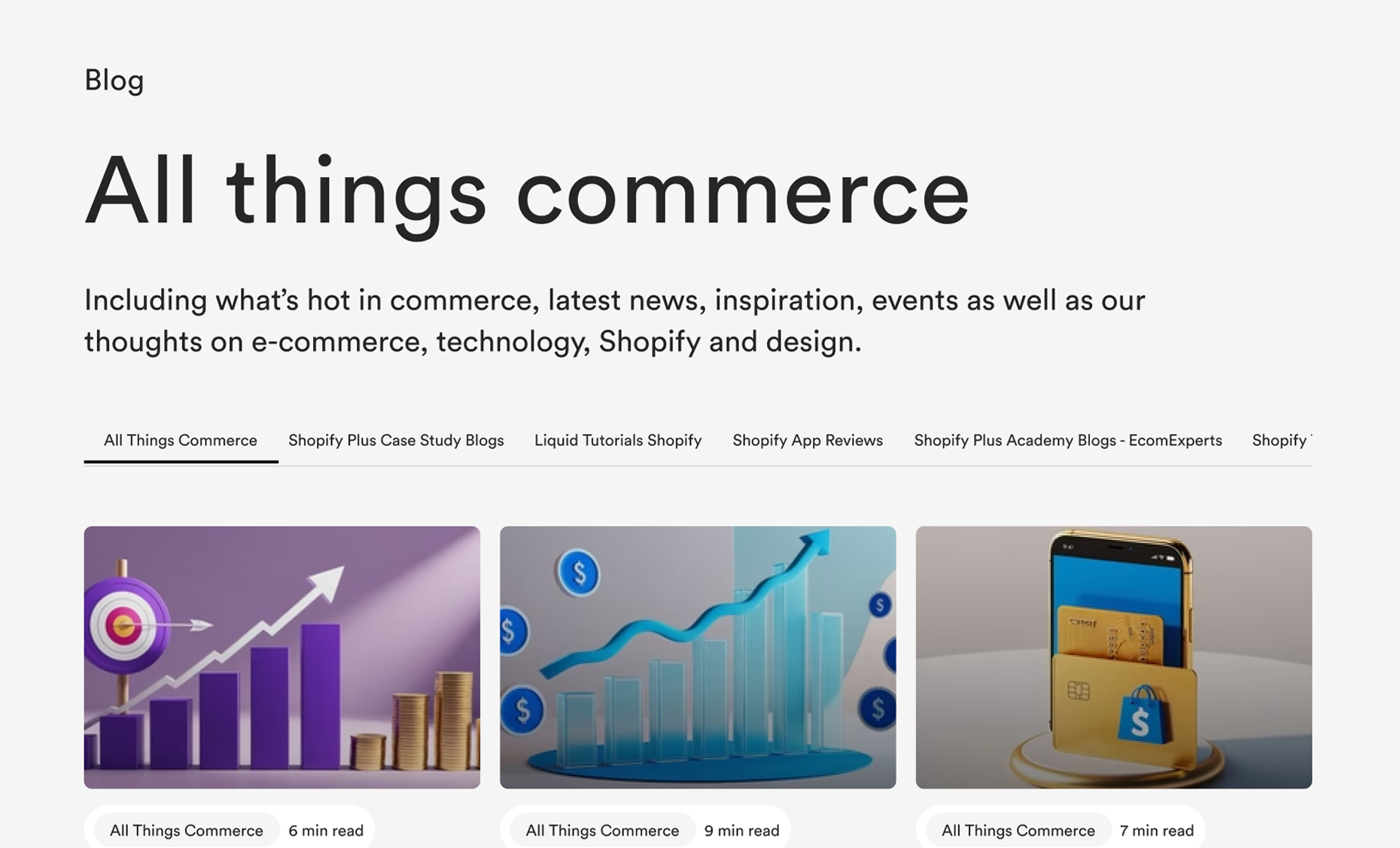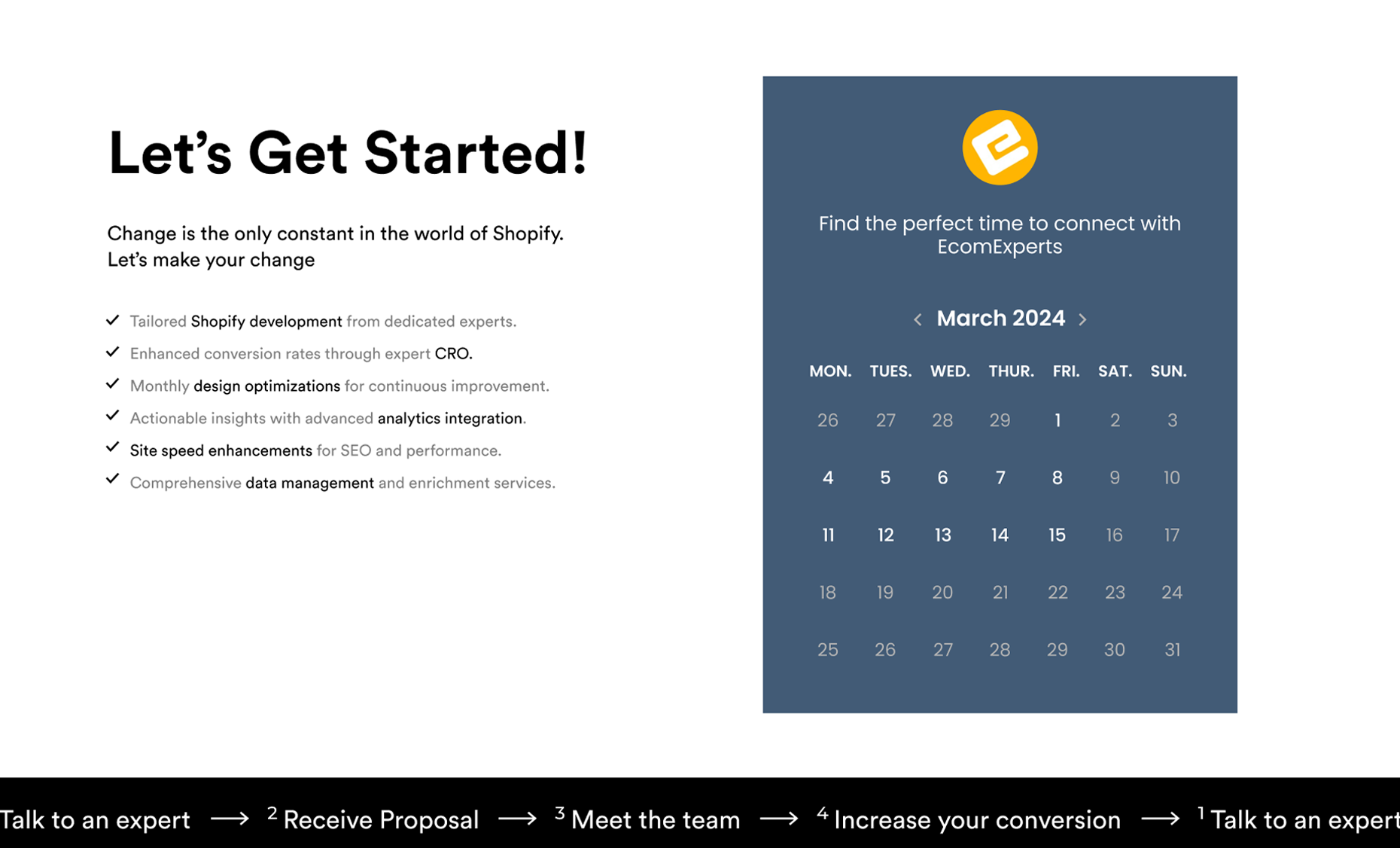What You'll Read in this Blog:
- Why Shopify Speed Score Matters
- Why is Site Speed Important
- Understanding Shopify Speed Score
- What Affects Your Shopify Speed Score
- How is Your Shopify Speed Score Calculated
- How to Improve Your Shopify Speed Score
- Common Misconceptions About Shopify Speed Score
Why Shopify Speed Score Matters
It's common knowledge that customers love a fast loading store and site speed is the key to a successful e-commerce store. A large percentage of people prefer to skip long waiting lines by shopping online. Hence, to increase customer retention, e-commerce stores need to be fast.
The Shopify Speed Score is more than just a number—it’s a critical indicator of your store’s performance. In today’s fast-paced e-commerce landscape, customers expect a quick, seamless shopping experience.
If your store takes too long to load, visitors are likely to abandon their carts and head elsewhere. A high Shopify Speed Score ensures that your store remains competitive, providing an optimal user experience that boosts both conversions and SEO rankings.

With a good speed score, you’re not only satisfying your customers but also impressing Google, which uses page speed as a ranking factor. Simply put, a fast store is a successful store.
A great way to ensure your Shopify store remains fast is by regularly optimizing your site speed. Google recommends that sites load in 3 seconds or less, and any second more increases bounce rates by 32%.
Knowing all of this, it becomes vital that your Shopify Speed Score is optimized regularly to ensure increased conversions, more ROAS, and better Google rankings. Let us consider the importance of site speed, how site speed will become a vital part of Google Search rankings, and how you can improve your site speed.
Why is Site Speed Important?
Site speed can make or break any Shopify store. Imagine trying to buy an item, but it takes forever to load every time you try to open the site. The typical reaction in this scenario is to lose interest and find a much faster store that sells the same products.
This would always be the case of any slow site, and in a world with millions of competitors, customers wouldn't hesitate to find a better store that can service their needs. Customers who are patient enough to complete their orders may never return to your store. At the end of the day, you'll realize you're losing not only new customers but existing ones as well.
By optimizing your Shopify site speed, you are not only improving your conversions, but you are also improving your customer's shopping experience and increasing conversions. Using Shopify's Online store speed report, you can learn how your store performs compared to your competitors.
If you're looking to reduce your bounce rates, increase conversions, sales, and your site's Google ranking, hire an expert Shopify speed optimization agency today!
Understanding Shopify Speed Score
The Shopify Speed Score is calculated using several performance metrics that reflect how fast and responsive your store is. Shopify pulls data from Google Lighthouse to evaluate your store’s speed on both mobile and desktop devices. The score ranges from 0 to 100, with higher scores representing faster and more optimized stores.
Here are the three core metrics Shopify focuses on:
- First Contentful Paint (FCP): Measures how long it takes for the first visual element (like an image or text) to load on your page.
- Time to Interactive (TTI): Assesses how quickly your store becomes fully interactive, meaning users can engage with buttons, links, and forms without delays.
- Largest Contentful Paint (LCP): Tracks how long it takes for the largest content element (like a hero image or large block of text) to load.
These metrics help determine how efficiently your store loads for customers, which directly impacts their experience. The faster these elements load, the more likely customers will stay on your site and complete a purchase.
What Affects Your Shopify Speed Score?
Now that we have identified the importance of site speed, the next step would be identifying the factors that impact your Shopify store speed.
Your Shopify store's speed score is influenced by several factors that can either enhance or hinder its performance. Here are the key elements that impact your store’s speed:
- Theme Load Times: Some themes are heavier than others, filled with unnecessary code and features that slow your site down.
- Third-Party Apps: Each app you install adds more code, which can increase load times, especially if they run scripts on the front end.
- Images and Media: Large, unoptimized images can severely affect load times.
- External Scripts: Third-party services like social media widgets, tracking codes, and ads add to the page load time.
To improve your store's speed score, Google ranking, and page loading time, it is advised that you regularly optimize your Shopify site speed. A faster store always ranks higher than competitors, and the ranking tends to reduce if said competitors improve their site speed.
How is Your Shopify Speed Score Calculated?
Your Shopify speed score is calculated using a weighted average of the Lighthouse performance scores. These scores include your store's home page, your product page with the most traffic over the last 7 days, and your collection page with the most traffic over the last seven days.

To calculate your Shopify speed score, calculate the weights of each, multiple factors are considered; the relative traffic to each of these page types across all Shopify stores.
Hence, your Shopify speed score is the average over multiple days of Lighthouse performance scores as performance scores vary between tests. An average over multiple days better represents your store's day-to-day performance.
If your store is new or you just removed the password page, then your score might be less accurate. To view the score for each page type, click on the See how your score is calculated drop-down.
Lighthouse reports are run on the mobile versions of these pages. This is because 60% of sales made on Shopify stores are from mobile devices.
If you don't have a collection page, product page, or home page, or a page type has no views, then the page's score is listed as No data available. Your online store speed score is calculated using only the available pages and their weights. Your score is not negatively impacted.
To run a Lighthouse Report on the specific collection page, product page, or home page used to calculate your score, click See how your score is calculated and then click View insights. Running a Lighthouse report lets you view more detailed metrics for the page.
How to Improve Your Shopify Speed Score
Improving your Shopify Speed Score is crucial for maintaining a fast, user-friendly store. Below are actionable strategies to help boost your score:
- Optimize Images: Large, uncompressed images can slow down your store. Use tools like TinyPNG, ImageOptim, or Kraken.io to compress images without sacrificing quality. Additionally, converting images to WebP format offers superior compression compared to JPEG and PNG.
- Minimize App Usage: Each third-party app adds extra code to your store, which can increase load times. Regularly audit your installed apps and remove any that are no longer necessary. Where possible, consolidate functionality by using apps that provide multiple features (e.g., SEO, analytics, marketing). You can also test app performance using tools like Shopify’s Theme Inspector or Google PageSpeed Insights to see which apps are impacting your speed score.
- Minify and Clean Up Code: Over time, unused CSS, JavaScript, and HTML can accumulate in your store’s theme. Minification reduces file sizes by removing unnecessary characters (like spaces and comments), which can improve load times. Defer non-critical JavaScript files so the essential components of your store load first. This prioritization ensures that your site remains responsive, even during high-traffic periods.
- Lazy Loading for Media: Implement lazy loading for images and videos to improve initial load times. This technique only loads media when it’s about to appear in the user’s viewport, rather than loading all media elements upfront.
- Use a CDN (Content Delivery Network): A CDN helps reduce latency by serving your site’s content from servers located closer to the visitor’s location. Shopify uses Fastly CDN by default, but you can integrate third-party CDN solutions like Cloudflare for further optimization. CDNs not only reduce load times but also alleviate server stress during traffic spikes, ensuring a smoother shopping experience.
- Leverage Browser Caching: Browser caching allows returning visitors to load your site faster by storing static assets (like images, CSS, and JavaScript) locally. You can work with your developer to set up proper caching rules for frequently accessed content.
By implementing these techniques, you can drastically improve your Shopify Speed Score, which in turn enhances user experience, lowers bounce rates, and leads to better SEO rankings.
Common Misconceptions About Shopify Speed Score
There are several misconceptions surrounding the Shopify Speed Score that may lead to confusion when trying to optimize your store’s performance:
- More Apps Always Slow Down Your Store: While it’s true that additional apps add code to your store, it’s not the quantity but the quality that matters. Well-built apps with minimal impact on the frontend won’t necessarily slow down your store. However, apps that load unnecessary scripts or run continuously in the background can drag down your speed. It’s essential to audit and remove poorly optimized or redundant apps.
- A Higher Speed Score Guarantees More Sales: While a higher speed score can contribute to better SEO and improved user experience, it’s not the sole determinant of conversions. Factors such as product quality, pricing, customer service, and overall store design play a significant role in driving sales. While speed is critical, it’s one part of the bigger picture that leads to a better shopping experience.
- Speed Score Stays Consistent Over Time: Many store owners assume that once they achieve a good speed score, it will remain stable. However, this isn’t the case. As you add more products, apps, or even run promotions, your site’s speed can fluctuate. Regular speed audits and updates are necessary to maintain an optimal score, especially during high-traffic periods.
Understanding these misconceptions can help you better navigate your store’s speed optimization efforts without making misguided assumptions.
Conclusion
Improving your Shopify Speed Score is essential for providing a better user experience, increasing conversions, and boosting your store’s SEO. A faster store not only keeps customers engaged but also helps you rank higher in search engine results, leading to more organic traffic.
By following the optimization strategies discussed, from image compression to app management, you can significantly enhance your store’s performance. And with the help of Ecom Experts, you can ensure that your Shopify store is always running at peak speed, even during high-traffic periods.
FAQs
Q1. What is a Good Shopify Speed Score?
A1. A good Shopify Speed Score typically falls between 60-80, indicating that your store loads quickly and provides a seamless user experience. The closer to 100, the better your performance.
Q2. How do I check the Speed of my Shopify Store?
A2. You can check your speed score by navigating to the Analytics section of your Shopify admin. Additionally, use tools like Google PageSpeed Insights for more detailed performance metrics.
Q3. How do I improve my Shopify Speed Score?
A3. Improve your score by compressing images, minimizing apps, using a CDN, and cleaning up unused code. Implementing lazy loading and caching can also help.
Q4. Does my Shopify Speed Score affect SEO?
A4. Yes, your Shopify Speed Score directly affects your SEO rankings. Google prioritizes fast-loading websites, so a higher speed score can lead to better search engine visibility.
Q5. Why does my Shopify Speed Score fluctuate?
A5. Your speed score can change over time as you add more products, apps, or customizations. Regular speed audits are essential to maintain optimal performance.




